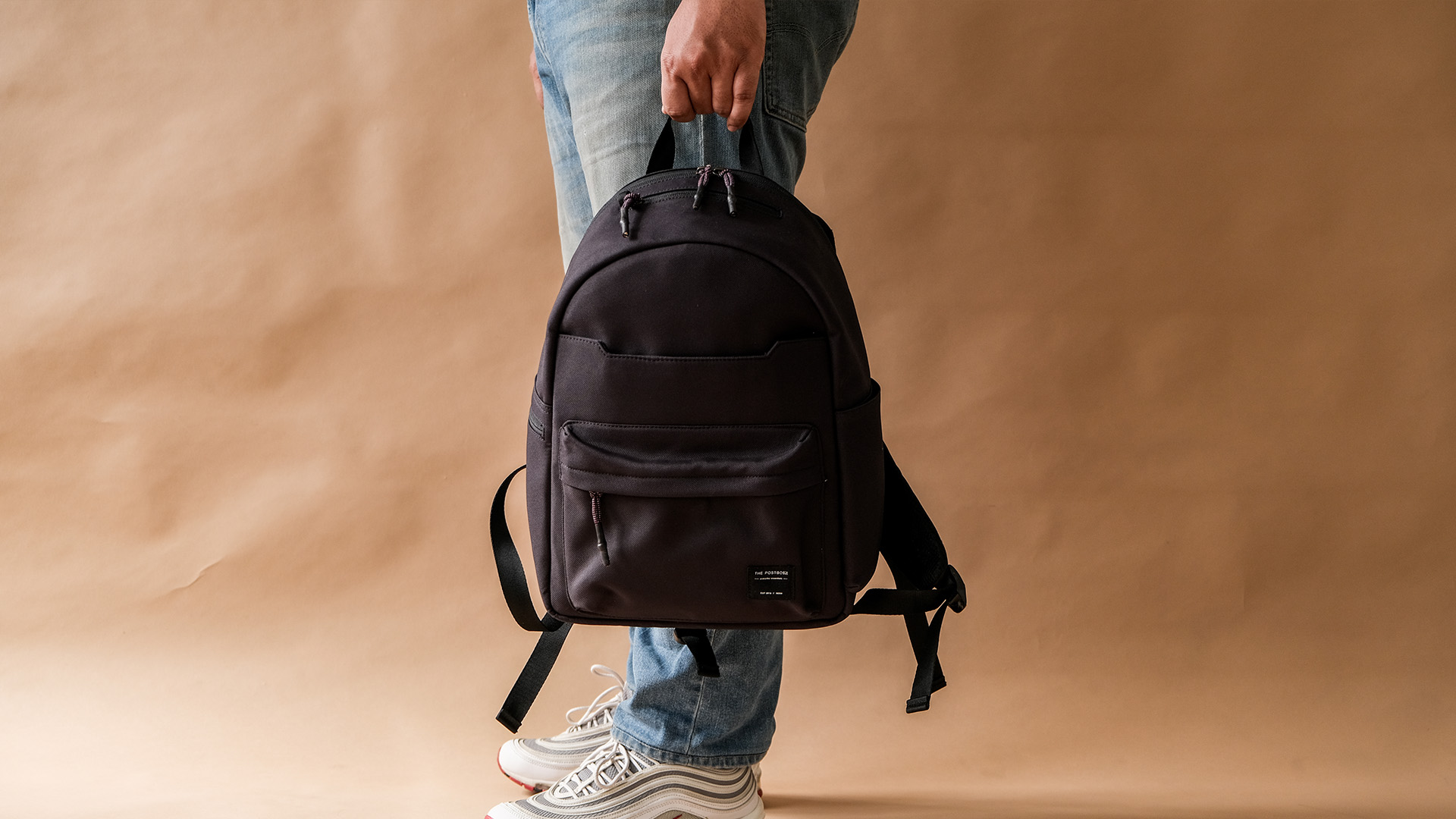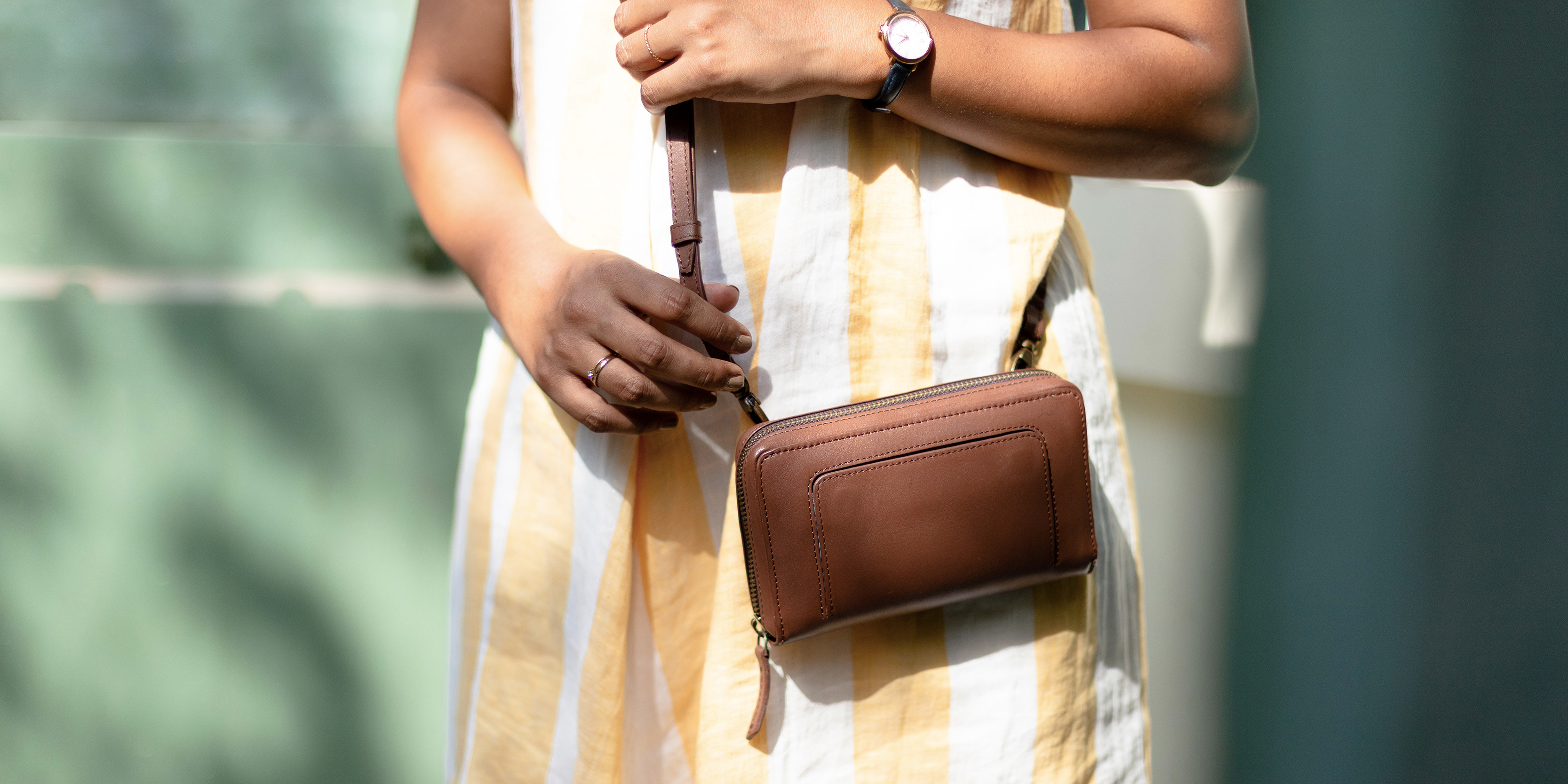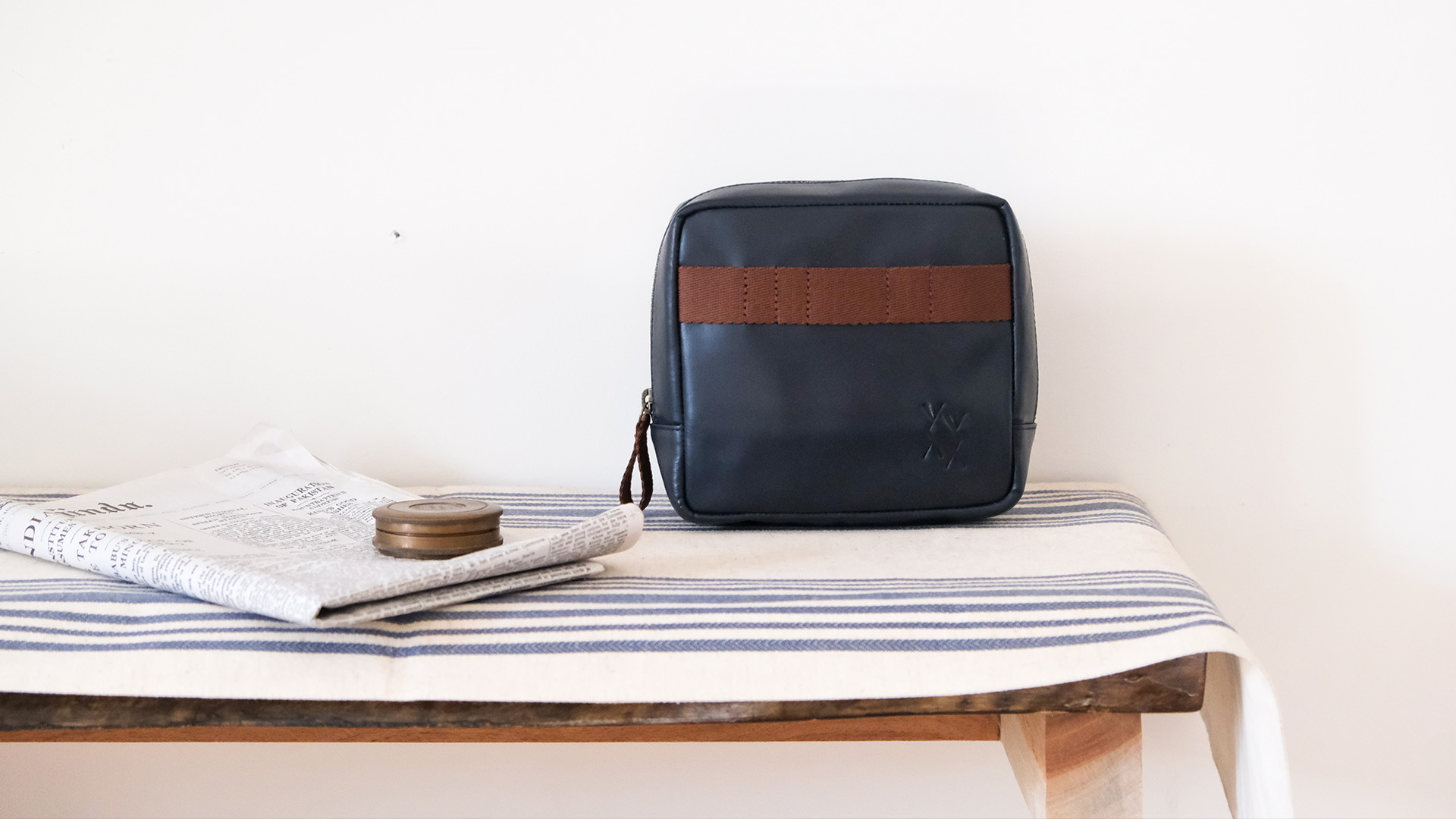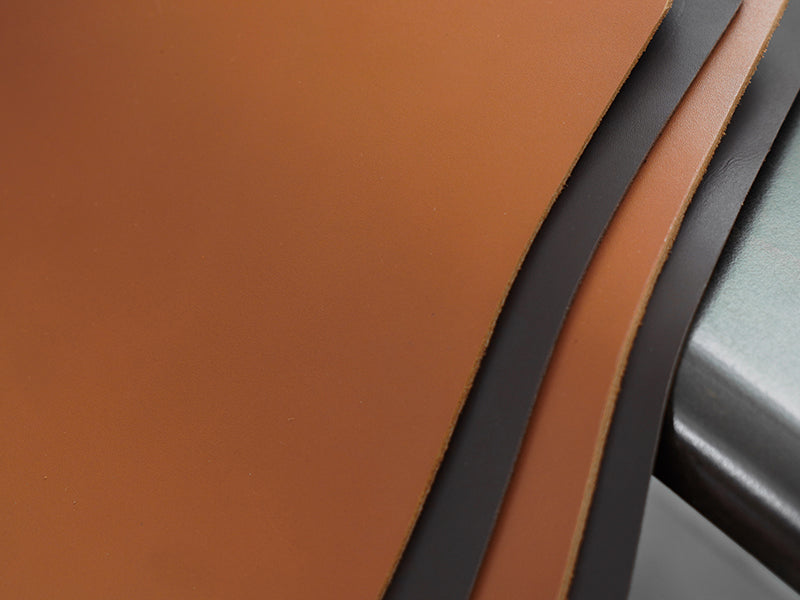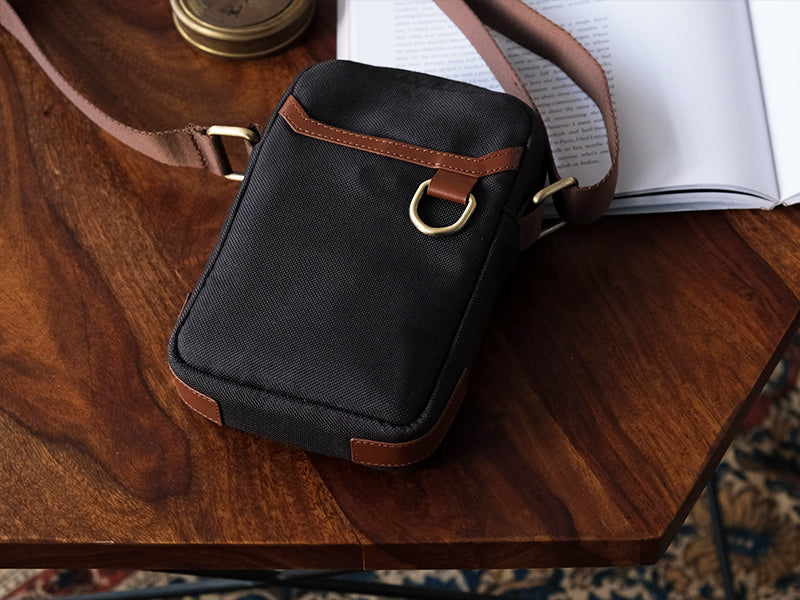Unearthing Kochi Biennale
Unearthing Kochi Biennale from the postbox.in on Vimeo.
Vintage Buildings, Narrow lanes and water on all sides makes the perfect setting for an art landscape so vast and extravagant, it will leave you wanting for more. The little town brings together people from all over the world for 3 months to celebrate art and moves people with how it can be expressed it different ways and forms.
Possibilities for a Non-Alienated Life curated by Anita Dube aims to provide a space to intellectually connect through liberation against cultural and political stigmas, to work through differences together and for a non- alienated life with ‘politics of friendship’.
Sue Williamson
Sue Williamson is an internationally recognised artist based in Cape Town, South Africa. Her work focuses on themes of memory and contemplation of neglected histories. By delving into the unspoken past, Williamson uses her art as a medium for catharsis.
Williamson’sMessages from the Atlantic Passage is an installation about the history of slavery during the African apartheid when more than 12 million people were trafficked as slaves. Fishing nets filled with glass bottles hang from the ceiling, with the bottles linked by chains falling into a pool of water beneath them. The sight of the bottles clamped together in the fishing nets portrays the baggage of this history. Each bottle represents a person on the voyage with their details engraved on them. This throws light on the inhumane treatment of these people as if they were commodities. The exhibit uses both audio and visuals to create an atmosphere synonymous with the suffering of people on this journey.
As an extension to her work, Sue Williamson connects the history of Cape Town to Cochin with her other exhibit One Hundred and Nineteen Deeds of Sale. Shirts resembling the ones worn by working class are hung out in the open like they are being put to dry. This is dedicated to the people who were enslaved in India and sold to Cape Town by the Dutch East India Company. This was originally displayed in Cape Town and then brought to Kochi. The details on the shirts show that many of them were from Kerala. This exhibit highlights how their identities were stripped as most of them were given Christian names. The clothes are even inked with the details of the buyer and seller and a price at which they were sold and with the age varying from as young as 13 years old. It makes viewers reckon the unsympathetic approach towards humanity.





Chandan Gomes – ‘This World of Dew’
Chandan Gomes is an artist whose uses imagery based on themes of mental illness, abandonment and the complexity of emotions. The artist engages in an extensive process of following his feelings or inspiration to create art over a long time and put them together into a powerful, striking story. In his exhibit ‘This World of Dew’, he weaves a narrative about a young deceased girl whose notebook he happens to find in a hospice in Jaipur while doing a commissioned project for a hospital. The book is filled with drawings of mountainscapes made with crayons which intrigued him. He discovers a strange connection with this child when he pays an ode to her by spending eight months at the mountains, photographing the landscapes in the exact way she had imagined them before her passing. When the artist tries to confront the situation further, he visits the child’s grave and comes to know her name – Aini which means source of life. He later tracks her home where he visits her father Anwar.
An excerpt from the story – “Anwar called her Shakroom..he said it meant nothing..he liked the sound of it. A name without a meaning is like a poem free from the burden of explaining itself.”
In another part of his exhibit a wall is inscribed with elements with interplay of words and symbols, even religious; related to the personal experiences of the artist. It depicts emotions of hostility, anxiety issues and emotional conflict but is described in an intimate way. The artist views his work as a way to reconcile with his feelings.




Aryakrishnan’s Sweet Maria Monument
Aryakrishnan is an artist and LGBTQ activist who was friends with one of Kerala’s first transgender activist Maria, who was brutally murdered. Sweet Maria monument is an ode to Maria and many other LGBTQ activists who lost their lives in this unfortunate battle for queer rights. The artist has created an interactive exhibit - a room with a bed, a dresser, a bookshelf, obscure artworks hung across the length of the wall, a tea table and a roundtable filled with many things like needles, undergarments, magazine articles to create a vibe that defines the stigmas faced by the queer community. The artist envisions this as a space with different forms of engagement. One could pick up books from the shelf, make a cup of tea and use the space to go through the archives collected to learn about the lives of the queer community. There are even posters of movies on the LGBTQ community that won international awards. A long bright red skirt is suspended next to the bed which is Aryakrishnan’s representation of his dream in which Maria told him to “Put a bed to feed 5000.. like I would under my skirt.”





Srinagar Biennale
Curated by Veer Munshi, Srinagar Biennale is one of the most impactful Biennale that documents the pain, alienation and loss faced by Kashmiris through photographs, paintings and other forms of art done by 14 artists from Kashmir who lost their homes and had to migrate. Srinagar Biennale travels around the world sharing stories of perpetual conflict faced by the communities of the state which is a ‘paradise lost’. The artworks use socio-political and cultural contexts to portray the state’s conflict in such a way that it strikes a strong emotional and empathetic reaction in the viewers. The works exhibited include series of photographs of houses abandoned after people migrated from the state, a video documentary of the horrific experiences of a gravedigger, minimal sketches that portray the disturbing situation in the valley, a Sufi shrine juxtaposed with baby coffins filled with Papier Mache skeletons to convey a sense of hostility and insignificance of such elements during conflict. Artist Ehtisham Azhar’s work includes things that revolve around the concept of death where ten sheepskin is hung on the wall, with a school chair, oxygen mask and cylinder placed in front of it.
A poem by the artist compliments the exhibit’s fragile and brutal nature –
“Come butcher, sing me a song
For I am waiting
for sleep to come
Weave me a lullaby.”


Marzia Farhana – Ecocide and the Rise of Free Fall
The artist from Bangladesh took inspiration from the recent devastating floods in Kerala where she collected furniture, books and other things damaged by the floods. The idea came to her when she saw the books rotting with the trace of the floods. The wreckage is suspended mid-air as if it’s floating in water. She wanted to emphasize the catastrophes we are facing constantly because of our choices as a capitalist society. The exhibit triggers an eerie feeling that reflects the memory of the floods.





